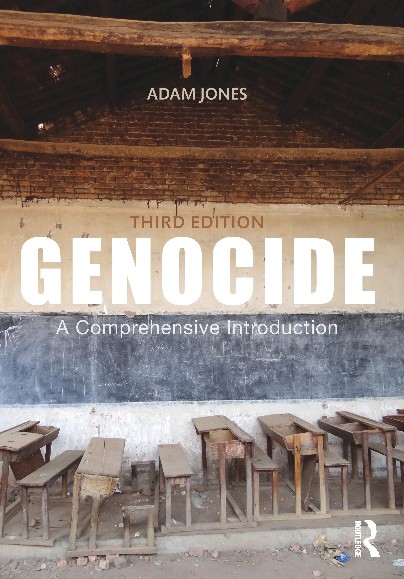 |
| (Christian Werner/Der Spiegel) |
By Alexander Smoltczyk
Spiegel Online, December 18, 2012
"It sounds at first as if the old man were drunk. Or perhaps as though he had been reading Greek myths. But Askar Bin Said doesn't read anything, especially not books, and there is no alcohol in Basra. In fact, he says, he saw the creatures he describes with his own eyes: 'Some had only one eye in the forehead. Or two heads. One had a tail like a skinned lamb. Another one looked like a perfectly normal child, but with a monkey's face. Or the girl whose legs had grown together, half fish, half human.' The babies Askar Bin Said describes were brought to him. He washed them and wrapped them in shrouds, and then he buried them in the dry soil, littered with bits of plastic and can lids, of his own cemetery, which has been in his family for five generations. It's a cemetery only for children. Though they are small, the graves are crowded so tightly together that they are almost on top of one another. They look as if someone had overturned toy wheelbarrows full of cement and then scratched the names and dates of death into it before it hardened. In many cases, there isn't even room for the birth date. But it doesn't really matter, because in most cases the two dates are the same. There are several thousand graves in the cemetery, and another five to 10 are added every day. The large number of graves is certainly conspicuous, says Bin Said. But, he adds, there 'really isn't an explanation' for why there are so many dead and deformed newborn babies in Basra. Others, though, do have an idea why.
According to a study published in September in the Bulletin of Environmental Contamination and Toxicology, a professional journal based in the southwestern German city of Heidelberg, there was a sevenfold increase in the number of birth defects in Basra between 1994 and 2003. Of 1,000 live births, 23 had birth defects. Similarly high values are reported from Fallujah, a city that was fiercely contested in the 2003 war. According to the Heidelberg study, the concentration of lead in the milk teeth of sick children from Basra was almost three times as high as comparable values in areas where there was no fighting. Never before has such a high rate of neural tube defects ('open back') been recorded in babies as in Basra, and the rate continues to rise. The number of hydrocephalus ('water on the brain') cases among newborns is six times as high in Basra as it is in the United States, the study concludes. Jawad al-Ali has worked as a cancer specialist at the Sadr Teaching Hospital (formerly the Saddam Hospital), housed in a sinister-looking building in Basra, since 1991. He remembers the period after the first Gulf war over Kuwait. 'It isn't just that the number of cancer cases suddenly increased. We also had double and triple cancers, that is, patients with tumors on both kidneys and in the stomach. And there were also familial clusters, that is, entire families that were affected.' He is convinced that this relates to the use of uranium ammunition. 'There is a connection between cancer and radiation. Sometimes it takes 10 or 20 years before the consequences manifest themselves.' [...]"














No comments:
Post a Comment
Please be constructive in your comments. - AJ